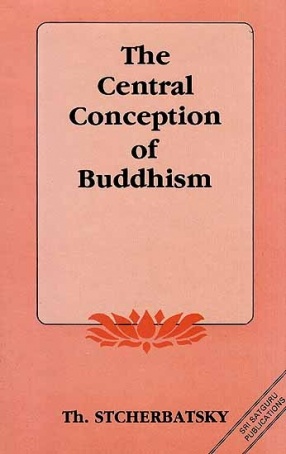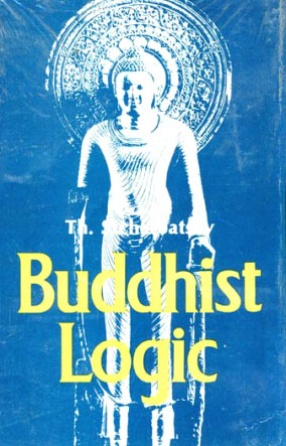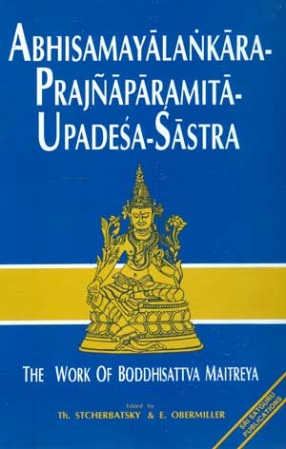
Showing all 5 books






This short treatise was originally conceived as a contribution to the Royal Asiatic Society's journal. The work explains in detail the principle of Radical Pluralism which asserts that the elements alone are realities while every combination of them is a mere name covering a plurality of separate elements. The principle has been elucidated by its contrast with Arambhavada which maintains the reality of the whole as well as of the elements and with Parinamavada ...

Western interest in Buddhism has grown enormously in recent years, but because of the scarcity of later Buddhist writings most of the work in the field has dealt with the earlier developments in Buddhism. Also, the available books and articles on Buddhism deal almost exclusively with its religious aspects, and pass over the extensive system of logic that forms an important part of its philosophy as a whole.
This book is coverage of the Mahayana Buddhistic logic ...

The Abhisamayalankara is one of the five works upon which the Yogacara school of later Buddhism is founded, and whose authorship is according to the Tibetan tradition, ascribed to Bodhisattava Maitreya, the future Buddha. The book is divided into 8 Chapters. The first three deal with three kinds of Omniscience, the Omniscience of the Mahayanistic Buddha (sarva-akara-jnata), the Omniscience of the Bodhisattva concerning the Path (maarga-jnata) and that kind of ...

The Vijnanavada school of Buddhism represents the latest and final form of that religion, the form in which, after having transformed India’s national philosophy and leaving its native Indian soil, it spread over almost the whole of the Asiatic continent upto Japan in the East and Asia Minor in the West where it amalgamated with gnosticism. The Madhyantra-Vibhanga-Sastra of Maitreya-Asanga with its commentaries, the bhasya of Vasubhandhu and the tika of S ...
